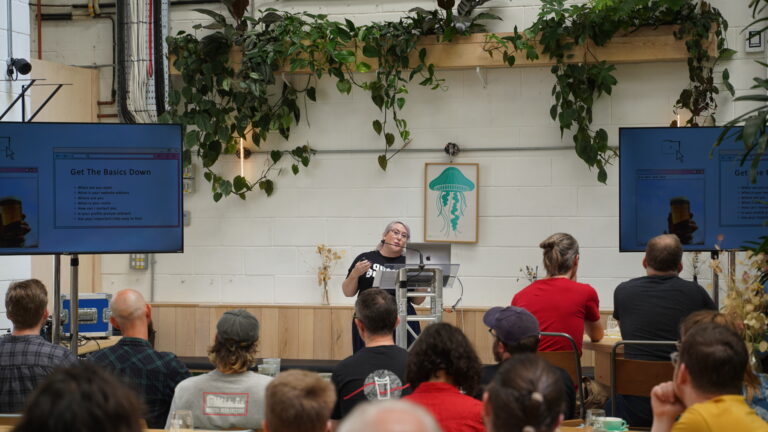Different beers suit different dispense methods. And everyone tends to have a preference. But where do you stand? One thing is for certain, John Keeling knows his favourite.
Cask of course is the best. Well, that was a short column this month. Hope the cartoon is good!
Cask is my favourite, it’s the beer I was brought up on. Lower alcohol ale (less than 5.5% ABV) has an ideal flavour profile for cask. Session ale is my favourite beer style although cask porter and stout are very good too.
There are other reasons why cask is best other than my opinion and one of these is mouthfeel. The carbonation (at about 1.3-1.4 vols CO2) is perfect for the session ale flavour profile. It’s perfect for pub drinking, too.
Carbon dioxide does change the way we perceive flavour. Too little and the beer tastes dull and lifeless. And too little for cask is below 1.1 vols in my opinion.
Too much carbon dioxide makes the flavour bland and one dimensional. That is why bottle versions of session ale are frequently disappointing. Over two volumes of CO2 are just too much.
Let’s face it session ale does not work as well in bottle as in cask.
The other main reason is temperature. Cask beer is served at between 11 and 13 degrees centigrade and again this is a perfect temperature for a session ale.
Sure, it will warm after serving just like any other beer but unless you leave it for too long it is fine. If the temperature is too low again the flavour profile becomes blander but in addition to this because CO2 is more soluble at lower temperature it loses some of its sparkle.
So, in short, good cask beer has a perfect harmony of flavour, temperature and conditioning.
So, what about keg? I find it produces an inferior session ale being over carbonated and too cold. It completely ruins the balance of the beer. However, in order for keg to shine it needs a stronger flavoured beer to overcome the effects of higher carbonation and lower temperature.
Did someone say lager? I think keg is ideal for lagers above 5%ABV and below that, with some exceptions, they tend to be bland.
“I find nitro pours too heavy and they sit on my stomach. The mouthfeel is unnatural to and this makes them virtually undrinkable for me,” John Keeling
I remember when (yes, I know it’s another anecdote but at my age what do you expect) in the seventies keg lager was around 3.1 % ABV. It’s no wonder CAMRA were formed.
But what about ale? Yes, certain styles suit keg too but again they have to be stronger. That is why generally where possible, and the cost is not too high, Fuller’s keg beers are stronger versions of the cask beer.
An example of a beer suited to keg is American IPA for instance (I naturally prefer English IPAs but at my age what do you expect. Have I used that before? God I am getting old…)
So, in short to overcome the higher CO2 content and the lower temperatures a different flavour profile is needed which usually means higher ABV.
Now for nitro pour and I must admit I have always had a problem with this. I find it is too heavy and it sits on my stomach. The mouthfeel is unnatural and this makes nitro beers virtually undrinkable for me.
Guinness invented the nitro pour as the closest approximation to the way Guinness was poured way back when. Even before I was drinking…
It was supposed to replicate the creamy texture of the beer but easier to pour and dispense. This made Guinness the beer it is today. Very successful but not a beer I like.
Now I have met many Guinness people and a lovely bunch they are. I love the image of Guinness, and I wish I could drink their beer but unfortunately, I can’t.
My favourite Guinness by far was the old bottle conditioned beer which was superb. They stopped doing this beer and introduced nitro can. This too has been very successful so what do I know…
You might know that Fuller’s produce a nitro stout called Black Cab and I admit that I can manage a pint of this.
This is mainly due to its malty coffee flavour which provides a better balance although I greatly prefer the beer on cask.
Anyway, I’m just off to the Post Office to get my pension. See you next time.








